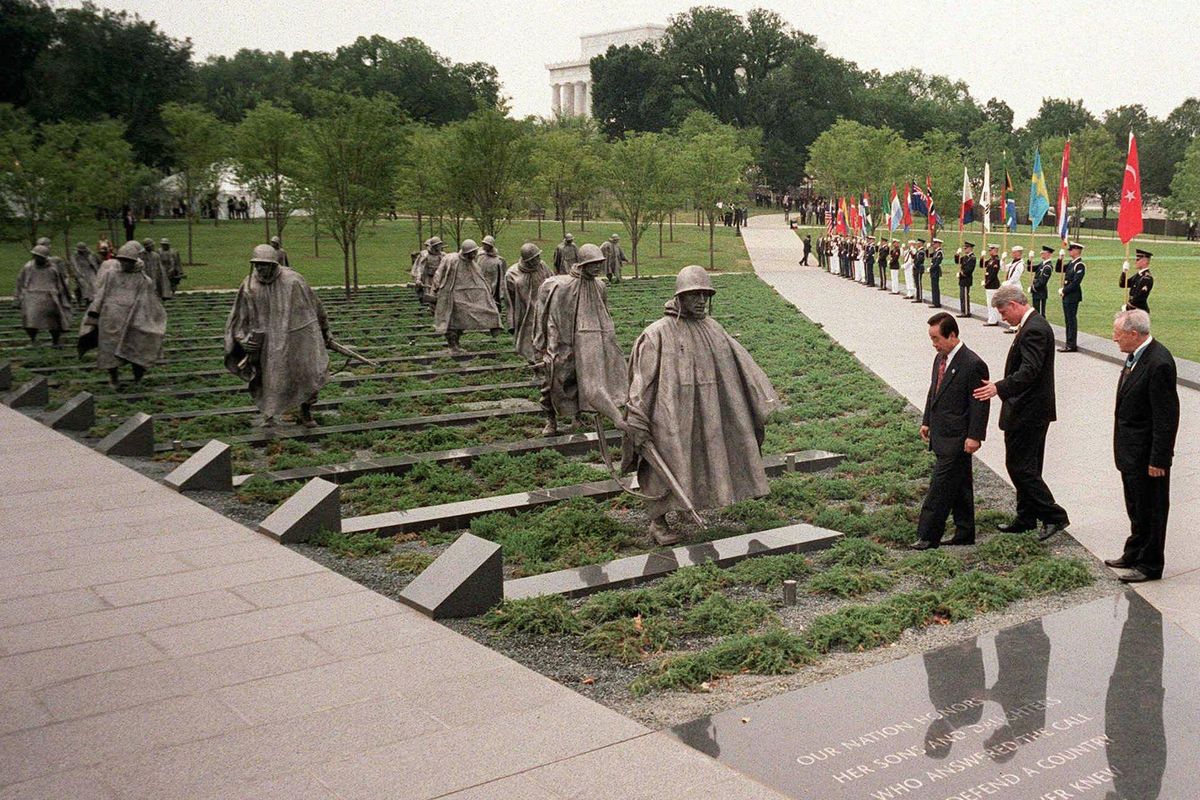Timeline of conflict: creation of the modern Koreas

The United States’ ongoing war of words with North Korea is the product of more than a century of conflict over the Korean Peninsula. Here’s a quick history of how we got to where we are today.
Early 20th century
Japan invaded the Korean Peninsula in 1910 as part of its imperialist push across East Asia and ruled it, along with much of China, until the end of World War II. During WWII, Allied powers, including the U.S., decided Korea should become an independent nation again following Japan’s defeat, but lacked a specific plan.
After the Soviet Union joined the war against Japan in 1945, Soviet forces invaded the northern half of the Peninsula, while U.S. forces occupied the southern half. After Imperial Japan’s surrender, Korea was divided at the 38th parallel.
The Korean War
The division was supposed to remain in place only until the Korean people could decide their own political future, but no date was ever set for the U.S. and USSR to withdraw. The Soviets backed Kim Il-Sung, a guerrilla leader who had fought Japanese occupation and been involved in the nation’s Communist Party.
Tensions in Korea worsened as the U.S. settled into the Cold War, and a series of attacks along the border eventually led to outright war. North Korea invaded South Korea on June 25, 1950, after receiving the go-ahead from Soviet dictator Josef Stalin.
The United Nations Security Council condemned the attack and passed a resolution urging member states to send military assistance to South Korea. The U.S. jumped into the conflict almost immediately without a formal declaration of war from Congress, making WWII the last time Congress has declared war on a foreign nation.
The Korean War ended in a stalemate in 1953, with both sides agreeing to a cease-fire. Prisoners were allowed to return to their half of Korea if they wanted, or remain where they were with asylum. The armistice wasn’t intended to be the final word on Korea, but negotiations in the coming years to hold a peninsulawide election went nowhere, and the stalemate has continued to the present day.
Aftermath
Kim Il-Sung tried to embark on a path of agricultural self-sufficiency for North Korea, a difficult proposition in the small, mountainous country.
Thanks to fuel and fertilizer imports from the Soviet Union, North Korea was able to provide citizens with enough food for several decades, but that ended when the Iron Curtain lifted in 1991. The resulting famine lasted from roughly 1994 to 1998, killing between 240,000 and 3.5 million people.
North Korea, also called the Democratic People’s Republic of Korea, or DPRK, has had two leaders since the death of Kim Il Sung. His son, Kim Jong Il, took over in 1994, and his son, Kim Jong Un, became the leader following Kim Jong Il’s death in 2011.
Kim Jong Il focused much of his time in office on making North Korea a nuclear power. The regime has conducted five nuclear weapons tests since 2006.
The United Nations announced an eighth round of sanctions against North Korea last week for violating a missile and nuclear weapons test ban. However, reports by the New York Times suggest North Korea is able to finance its weapons program through largely illegal means, and its economy is growing at roughly 1 to 5 percent.